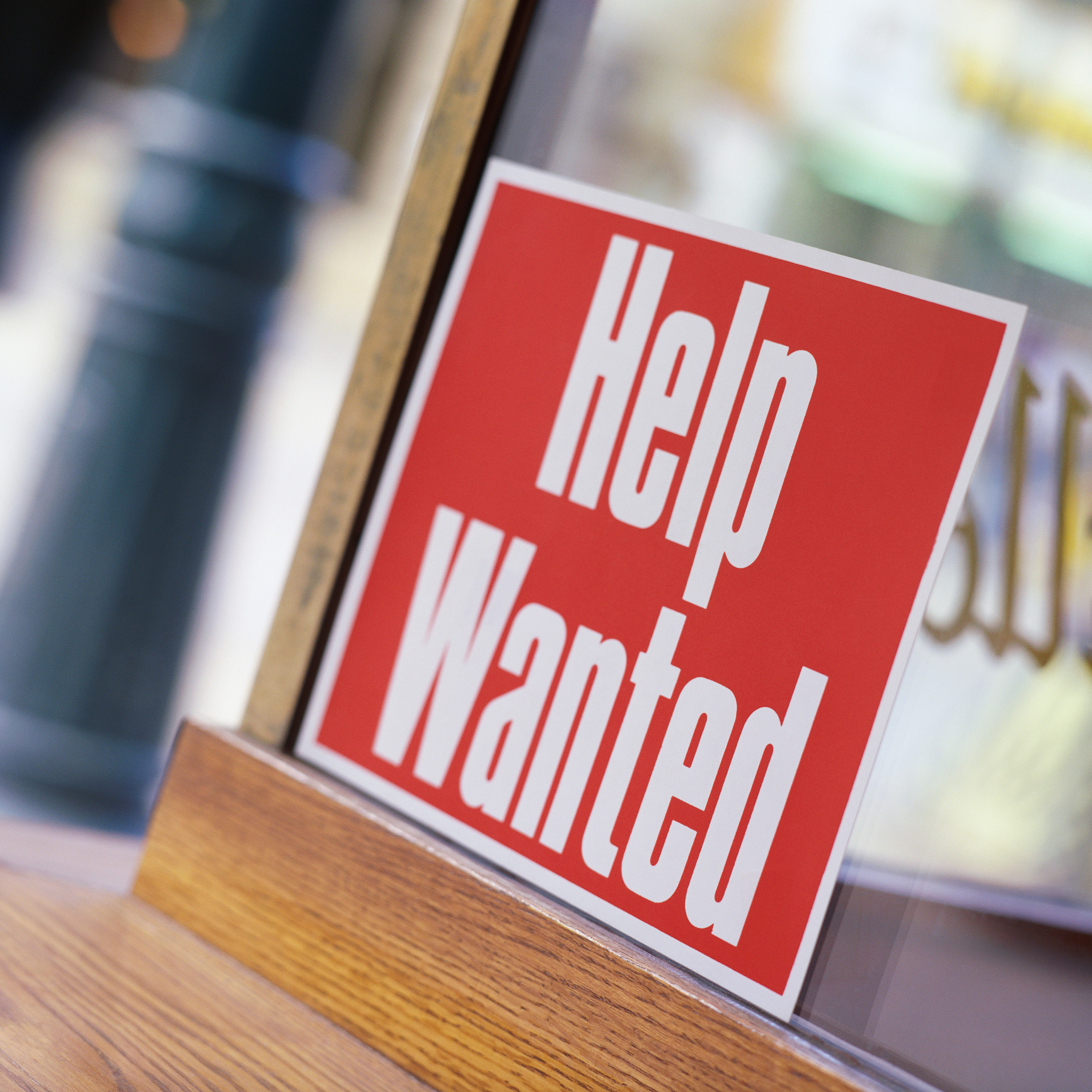Economy
How Friday's Payrolls Report Could Skew Fed Rate Hike Expectations

Published:
Last Updated:

Friday, June 3, 2016, will mark one of the most important economic readings of this summer. The U.S. Department of Labor will release its report on nonfarm payrolls, private sector payrolls and unemployment for the month of May. What matters here is that this is a number that could greatly skew the bias of whether Janet Yellen and the Federal Reserve will move to tighten the rate of fed funds in June or if it will wait until July.
The public, investors and economists alike, has dealt with a slew of Federal Reserve presidents communicating a desire to raise interest rates sooner rather than later. Bloomberg is calling for the nonfarm payrolls to have risen by 158,000. That is versus a 160,000 in April, but the April number is subject to revision.
Private sector payrolls, which also will be subject to revisions, saw a gain of 171,000 in April. Bloomberg is calling for the May reading to come in at 150,000.
The unemployment rate is a mixed bag from source to source, but there are many discrepancies in how outsiders view the official rate versus other unofficial and various unemployment reports. The official unemployment rate was 5.0% in April. Bloomberg sees that rate falling to 4.9%, and Dow Jones sees the official rate remaining flat at 5.0%.
Another measurement of the overall employment picture is the labor force participation rate. This has risen from its depths, but it still remains quite weak at 62.8% as of April. Estimates are not officially made for this forecast and it can skew the official unemployment rate. A higher labor force participation rate is good on the surface, but it can make for a higher unemployment rate, if they are not counted as working.
Average hourly earnings rose 0.31% in April, and Bloomberg and Dow Jones are both calling for a gain of 0.2% in May. The average workweek is expected to remain flat at 34.5 hours.
The employment situation is based on two separate surveys. The unemployment rate comes from a survey of 60,000 households, hence the “household survey” name. Other data for the unofficial unemployment rate are compiled from internal data tracked by the Labor Department for full-time and part-time workers, including those working part-time for economic reasons and including those who are underemployed.
Friday’s report may be the single biggest economic indicator that will guide the financial markets on the timing of a rate hike. A reading of closer to 200,000 on the nonfarm payrolls may tip the markets toward a bias for a June rate hike. A reading of closer to 100,000 would likely tip the expectations toward a later rate hike, out to July or even later.
Are you ready for retirement? Planning for retirement can be overwhelming, that’s why it could be a good idea to speak to a fiduciary financial advisor about your goals today.
Start by taking this retirement quiz right here from SmartAsset that will match you with up to 3 financial advisors that serve your area and beyond in 5 minutes. Smart Asset is now matching over 50,000 people a month.
Click here now to get started.
Thank you for reading! Have some feedback for us?
Contact the 24/7 Wall St. editorial team.